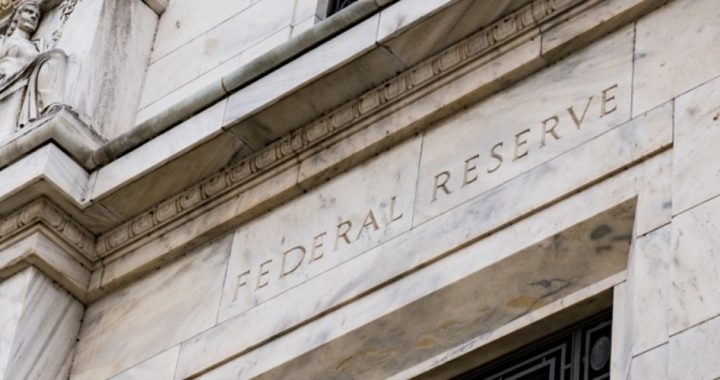
In response to the favorable and uncharacteristically ebullient remarks from the chairman of America’s central bank on Tuesday, stocks moved higher. During an unprecedented four public appearances over the previous week, Fed chair Jerome Powell called the economy “remarkably positive” and “extraordinary,” and its outlook “particularly bright.” Added Powell on Tuesday:
The economy is strong, unemployment is near 5-year lows, and inflation is roughly at our 2 percent objective. The … outlook for forecasters inside and outside the Fed is for more of the same.
On Wednesday, payroll firm ADP announced that 230,000 non-farm jobs were added in September, followed almost immediately by the Institute for Supply Management’s report that its non-manufacturing index jumped to the highest level seen since that index as created.
On Friday, the Department of Labor reported that 134,000 jobs were created in September along with huge upward adjustments of its numbers in July and August. Put all together, for the year through September the U.S. economy has added 1.8 million new jobs.
This good news was just too good, and by the close of business on Friday the yield on the U.S. Government’s 10-year note had hit four-year highs while the Dow Jones Industrial Average (DJIA) had sold off 500 points.
Bond investors, who have been nervously watching interest rates on the U.S. Government’s Treasury securities move to their highest levels since April, 2011, began to sell off large portions of their holdings. Their panic was palpable: The 10-year U.S. Government bond is a proxy for mortgages supporting the housing market and rising interest rates will slow that market even further. The New American reported on Thursday that the home price index tracked by the Economic Cycle Research Institute “has made a downturn that it hasn’t made in a long time,” and both stock and bond investors could see the threat that higher interest rates would pose on that struggling market.
On Friday, additional evidence of the U.S.’s remarkable economy came from the National Association of Manufacturers. It reported that nearly 93 percent of its 14,000 members are projecting further expansion of their businesses, one of the highest and most positive outlooks seen in the last 20 years.
The stock and bond markets continued their selloffs into the close on Friday.
There are clouds appearing on the economic horizon as The New American noted on Thursday, including the car dealers’ “doldrums indicator,” consumer debt approaching an unfathomable $4 trillion, crude oil prices hitting a four-year high, stock price valuations “now in the 97th percentile” of historic averages, and an unsustainable national debt that is estimated to exceed $40 trillion in less than a dozen years.
But one of the biggest clouds hovered over the markets following the fresh flow of good news about the economy. William McChesney Martin was the ninth and longest-serving head of the Federal Reserve, serving under five U.S. presidents, and is known for how he viewed the role of the Fed. In a pithy and memorable quote, Martin said, “Our purpose is to lean against the winds of deflation or inflation, whichever way they are blowing.”
But he is best known for saying, “The Federal Reserve … is in the position of the chaperone who has ordered the punch bowl removed just when the party was really warming up.” And stock and bond investors were persuaded that the river of good news flowing from the economy moves the chances of another interest rate hike before the end of the year from “possible” to “certain.” And they are leaving the party early, hoping to be among the first out the door.
As Investor’s Business Daily (IBD) editorialized, both stock and bond investors “knew that the growth-averse Fed will now almost certainly raise rates in December. Before [the sudden avalanche of good news about the economy] it was only considered a possibility.”
According to the IBD, the Fed has successfully stalled all 12 previous economic expansions which in its opinion had gotten too “warm” by raising interest rates, taking away the punch bowl, and stalling them. The Fed chair apparently thinks he can remove the punch bowl without anyone noticing. But party-goers see what is happening and last week started leaving the party early.
The bond markets are closed on Monday for Columbus Day. Market observers wondering whether the mini-panic that drove interest rates to four-year highs last week and the Dow to a 500-point loss will subside over the long weekend will have to wait until Tuesday to find out.
Photo: pabradyphoto/iStock/Getty Images Plus
An Ivy League graduate and former investment advisor, Bob is a regular contributor to The New American magazine and blogs frequently at LightFromTheRight.com, primarily on economics and politics. He can be reached at [email protected].
Related articles:



